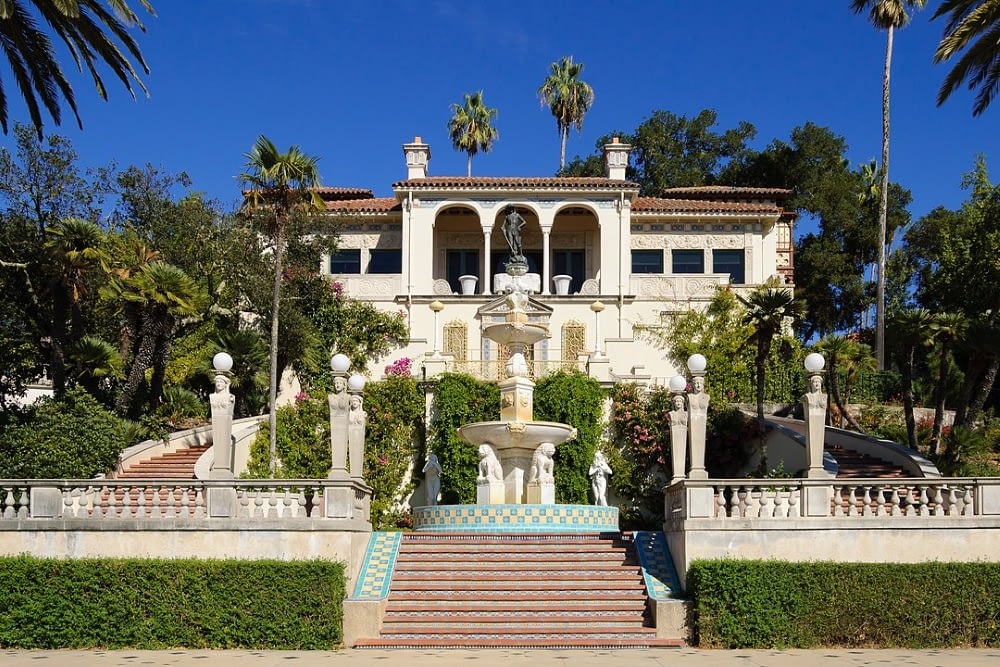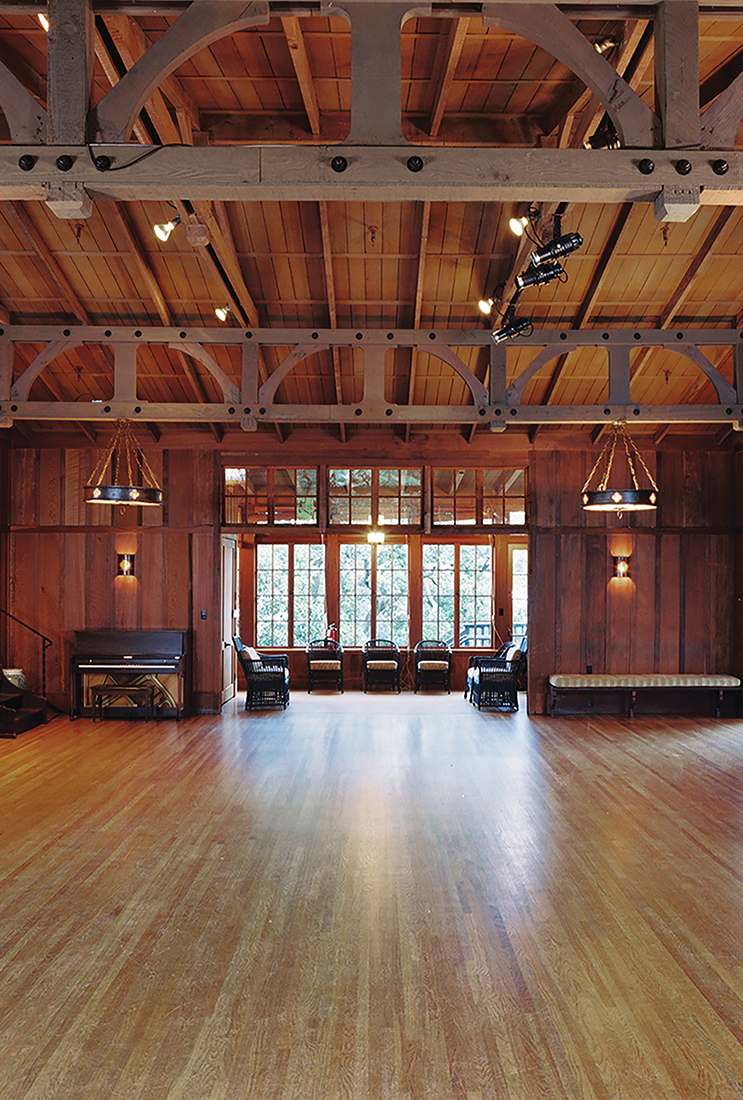

However, architecture is quite an interesting field in this respect, because despite its close ties to the fine arts, a field in which women have been able to distinguish themselves for close to three centuries, it has also historically been one of the most socially conservative and resistant to the entry of women. One traditionally male role that is often overlooked by chroniclers of women’s history is that of the architect. It was not until the Victorian era that a woman could study a technical subject like engineering and expect to be taken seriously, and even then most women could hardly dream of a life as a businesswoman or an engineer. By the late eighteenth century it was commonly accepted that a woman might study the humanities and be a writer or an artist, but the thought of educating women as men were educated, in the way that the early feminist Mary Wollstonecraft advocated, was ridiculed and dismissed by most men. At the time of the Renaissance in Europe, a typical upper-class woman was not expected to work at all, and her education was restricted to ornamental pursuits such as music, dancing and needlework.

In many ways the progress of female emancipation can be credited to the efforts of exceptional women in broadening the definition of “women’s work” over the past several centuries.


 0 kommentar(er)
0 kommentar(er)
